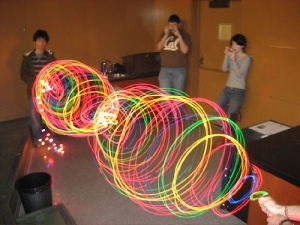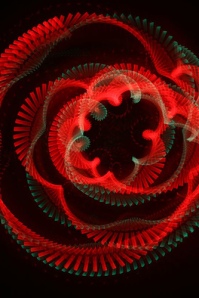This is the last in a series of three posts on Dan Schwartz’s work on preparation for future learning, or helping students learn skills instead of rote facts so that they can apply their knowledge to new situations. All pictures in this post are courtesy of Dan Schwartz.
Contrasting cases
In the previous post, I showed Dan’s use of contrasting cases in helping students understand density and ratios. Why is it important to show students different cases, instead of the best single example of something? Well, he said, think about perception. Consider this circle:
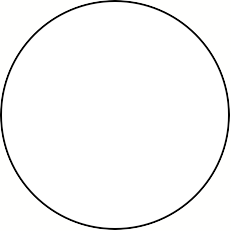
We immediately recognize it as a circle. It is, after all, not a square.
 But, in fact, it is many things. It’s a empty circle. It’s a circle created with a black line. It’s a largish circle. Here are a bunch of contrasts to this circle:
But, in fact, it is many things. It’s a empty circle. It’s a circle created with a black line. It’s a largish circle. Here are a bunch of contrasts to this circle:
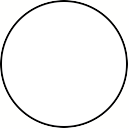
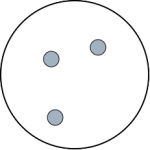
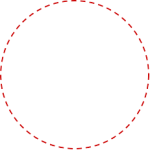
We’re abstracting “circle-ness” from the single example, but that’s because we recognize circle-ness already. These contrasting cases would be important if we were first learning about circles.
Here are some contrasting cases of something familiar to us:
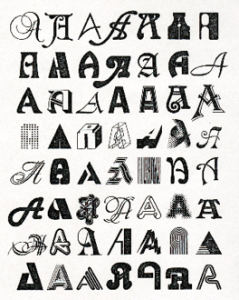
After all, what is the best way to teach Japanese speakers to say the sound “L,” which doesn’t exist in their language? Give them the purest example of an “L” sound that you can find? No, it’s to let them hear “R” and “M” and all the other sounds, so they know what the “L” is NOT in addition to what it IS.
But, this is what we do in instruction! We give students the purest example of something that we can. Consider, for example, this picture.
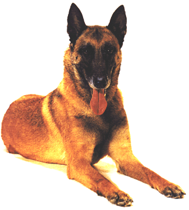 This is a perfect example of this breed. Now, tell me which one of the following is the same breed?
This is a perfect example of this breed. Now, tell me which one of the following is the same breed?
 An expert will look at the width of the ears, the curve of the nose. But a novice can’t look at these pictures and see the immediate resemblance to the example picture. (I forget which one was the correct answer, but I think it’s the last one. The hair length is an extraneous feature, the ear shape is most important.)
An expert will look at the width of the ears, the curve of the nose. But a novice can’t look at these pictures and see the immediate resemblance to the example picture. (I forget which one was the correct answer, but I think it’s the last one. The hair length is an extraneous feature, the ear shape is most important.)
It would have helped if, first, an expert had used the following picture with contrasting cases to help you learn about ear shape (what does “rounded” ear shape look like? How wide is “wide”?). You need to be oriented to understand the key structures in what you’re seeing. You can’t just look at the picture below and learn from it, though — a bunch of different examples are confusing to a novice. The expert’s role is to help them make sense of the different cases.
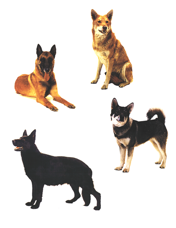 An example activity
An example activity
Here, for example, is his activity where he asks students to invent a reliability index for a pitching machine. He gives them several different cases so they have to find a general solution which fits all these cases. This, after all, is what we do in science – to find a general solution that fits many cases.
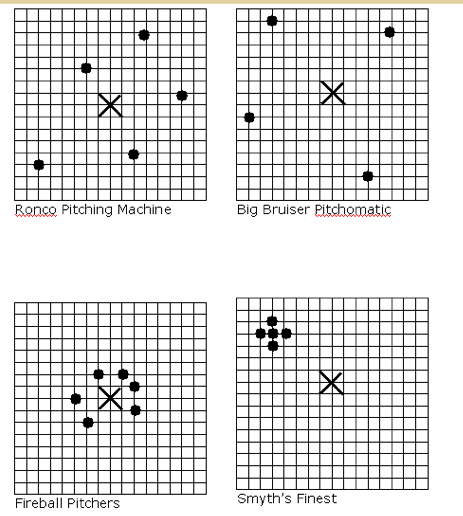 In my previous post, I gave his activity for teaching density using clowns in buses.
In my previous post, I gave his activity for teaching density using clowns in buses.
The way he uses these in the classroom is to have students explain their classmates’ solutions to each other. That means that each student’s solution has to be written clearly enough so that someone else can understand it. This act of public “publishing” of the results gives students a bit more motivation to come up with a good solution. On the other hand, the goal of this task is NOT to come up with the “right” solution! It’s to prepare students to understand the expert solution (in this case, the idea of variance) when it’s presented.
Expert blind spot
As experts in a subject, we know an amazing amount. What we’ve learned has been compressed into a bunch of huge steps. We don’t recognize the huge number of things that we’re doing when we do what seems to us to be a single step (such as computing a ratio). We need to decompile our knowledge for the novices. In order to do this, it’s good to have an intelligent novice around — someone to ask us a bunch of questions at every step so that we can see what it is that we are doing in any task. Once you’ve discovered some key, fundamental idea that is needed to solve the problem, that’s a great place to put an invention activity. Examples are density, vectors, variance, and other fundamentals.
What these activities are not:
- Not just brainstorming
- Not puzzlers
- Requiring a flash of insight to solve
- Not pure “discovery” tasks
- Not to replace standard instruction
What these activities ARE:
- Students make answers for one case, and recognize it doesn’t generalize to the others
- Learning is incremental
- Students don’t have to find the right solution to benefit from them
- Students should start to notice the variables that matter
- Students are told to invent a form of representation
- They are visual
- These activities are used strategically to communicate fundamental key ideas (like density). Not used for everything.
- Prepares student for standard instruction
To make these cases yourself:
- Think about your own knowledge to isolate key concepts
- Think of each case as an experimental treatment to isolate a key variable
- Or, think of formulas or units and make sure they contrast for each case
- Have some sense of likely misconceptions so you can create cases that will highlight probable “traps” students might fall into
- Make them approachable. You don’t have to be as frivolous as the clowns example, but it should be done in a context that’s different from what you want students to learn (like physics). Then you can help students map it into the new context.
What about assessment?
Dan’s main point is that our assessments need to change in order to use this kind of instruction. If we value students’ showing that their learning is adaptive, we have to give them a chance to demonstrate this on a test, to demonstrate an expert level of perception.
What do I mean by expert level of perception?
What do the images below say to you?

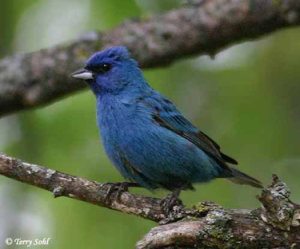
The novice answer (“car,” “bird”) is not very precise.
The expert answer (“2007 BMW X5” or “indigo bunting”) is much more precise, and relies on deep recognition of various features. We should test students on this more broad ability to apply their knowledge. For instance, geology students should be able to extract some important features from this picture of a landslide:
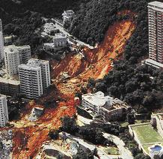
This doesn’t have to be a perceptual test — in the previous post, the “green people” vs. “blue people” example relied on students ability to recognize the variability in a data set.
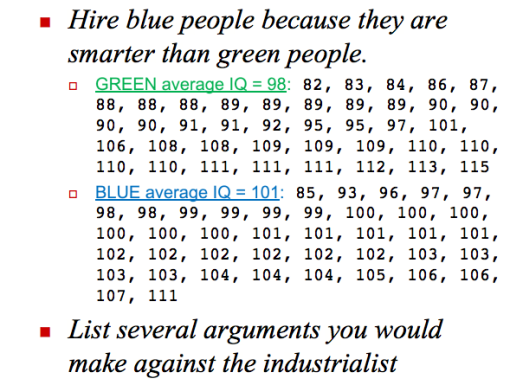
I think this stuff is incredibly powerful. Let me know of any more activities that you come up with or you know about!
